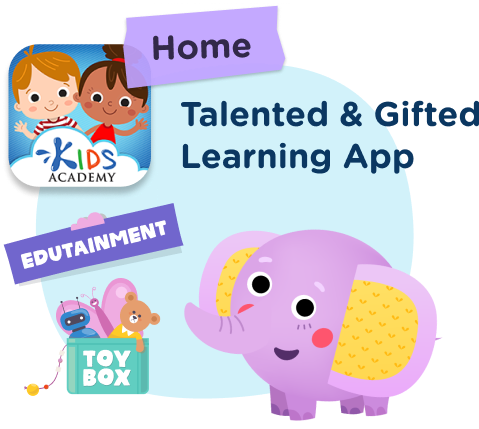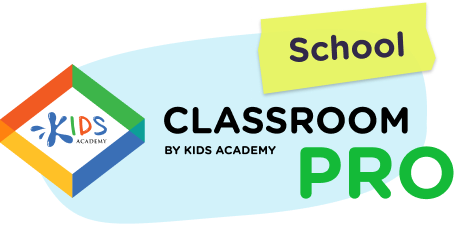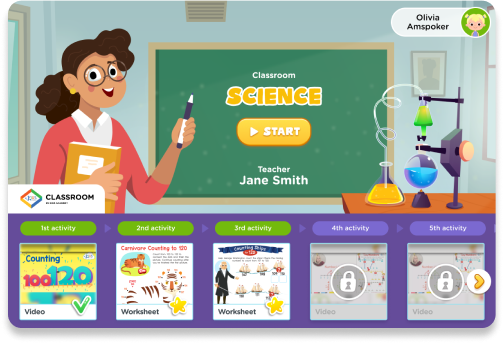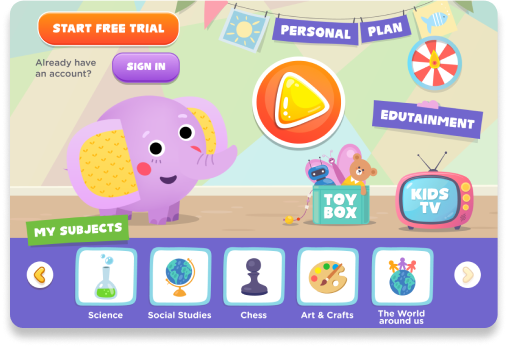Improving observation Worksheets for Ages 3-9
3 filtered results
-
From - To
Enhance your child's observational skills with our "Improving Observation Worksheets" tailored for ages 3-9! These engaging, interactive worksheets are designed to help young learners develop critical thinking and observational abilities through various fun activities. From intriguing picture identification to exciting scavenger hunts, each worksheet encourages exploration and creativity. Perfect for home or classroom use, these resources foster cognitive development while keeping children entertained. Instill a sense of curiosity and encourage your child's learning journey by providing them with the tools they need to observe and interact with the world around them. Start their adventure in learning today!
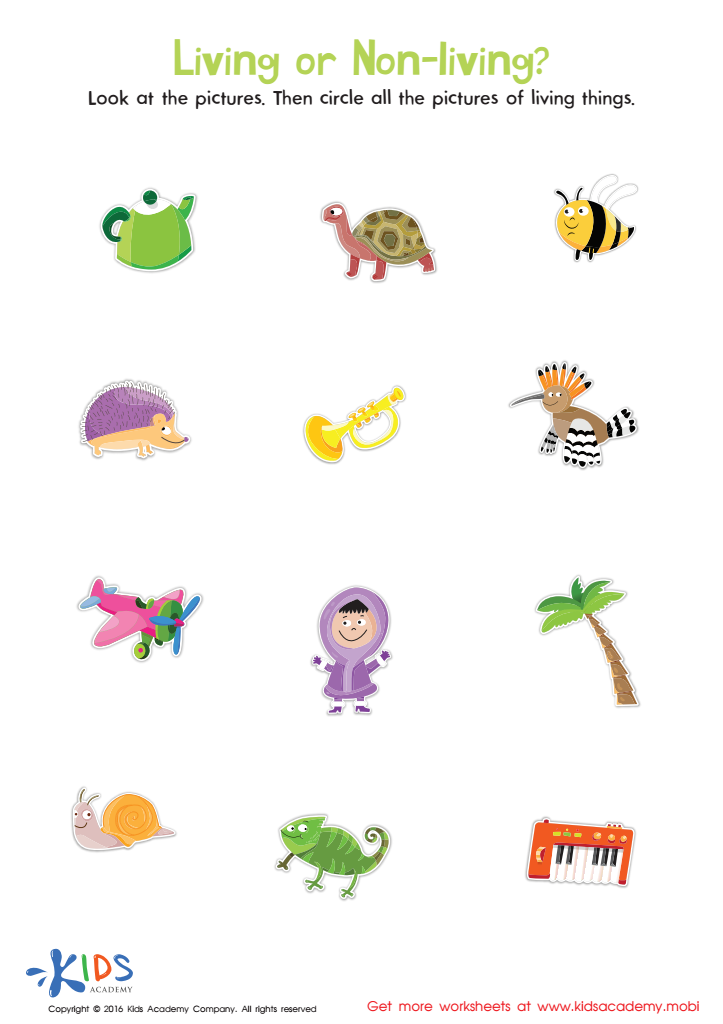

Identifying Living and Non–living Things Sorting Worksheet
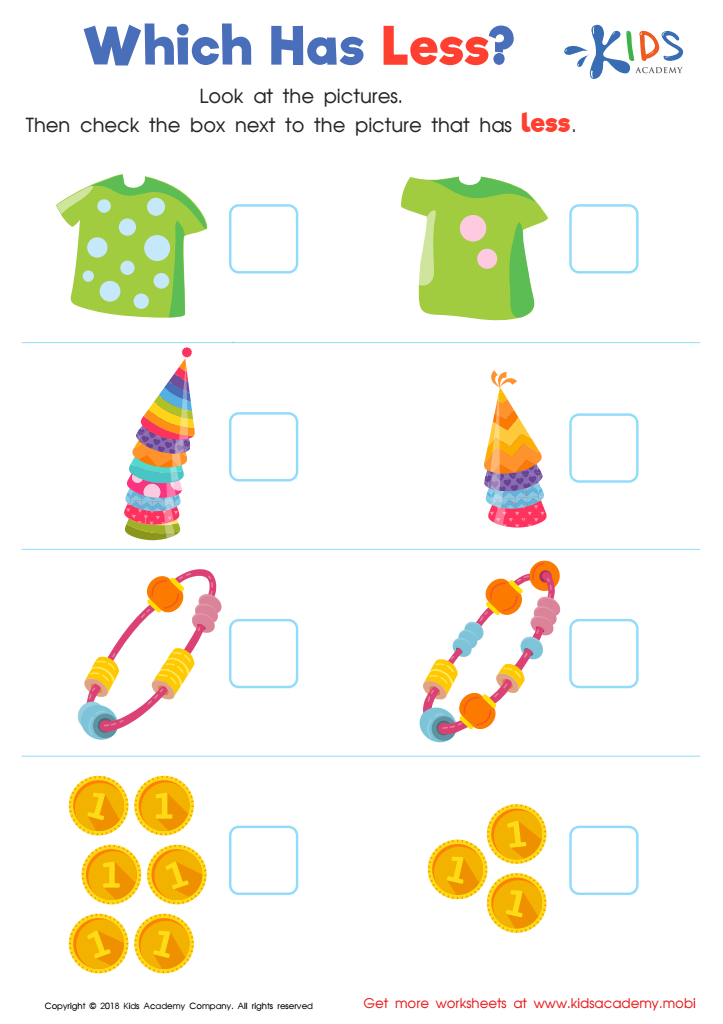

Which Has Less? Worksheet
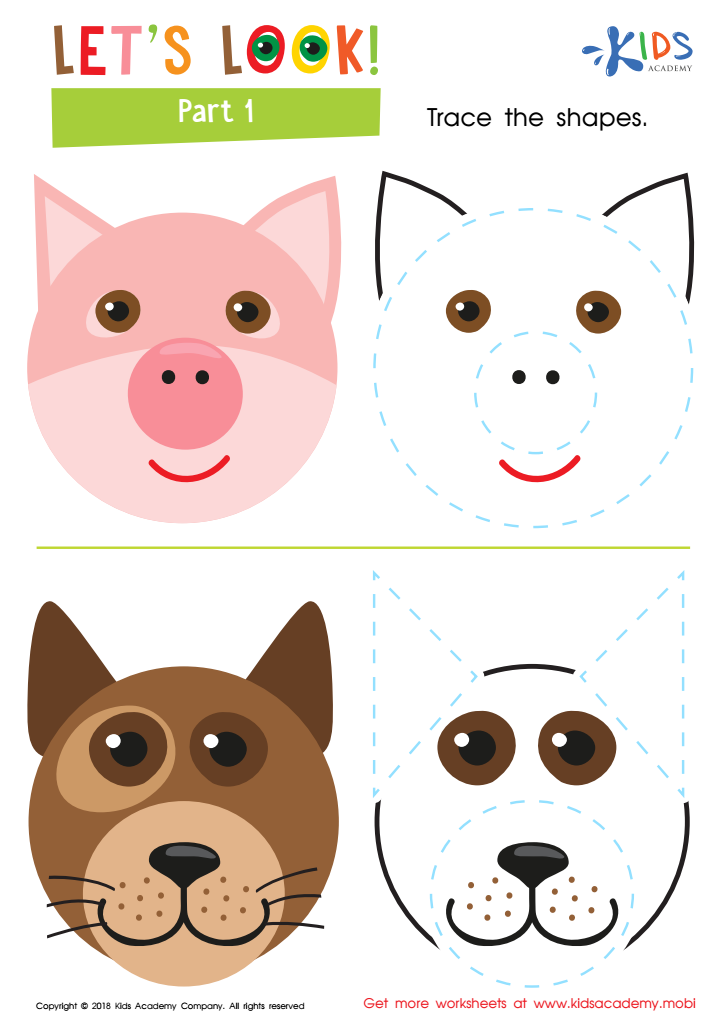

Let's Look! Part 1 Worksheet
Improving observation skills for children aged 3-9 is crucial for parents and teachers as it lays the foundation for academic success and emotional development. At this age, children are exploring their environment and learning through play. Enhanced observation allows them to notice details, recognize patterns, and understand their surroundings, which fosters critical thinking skills.
When parents and teachers intentionally develop observation skills, they are better equipped to support children’s learning. For instance, attentive observation helps identify their interests, strengths, and areas needing improvement. This tailored approach allows educators to create more effective lesson plans that resonate with each child's unique learning style.
Additionally, keen observational skills contribute to social development. Children learn to interpret social cues, fostering empathy and improving interactions with peers. For children with social or developmental challenges, observant parents and teachers can intervene early, providing necessary support.
Furthermore, enhancing observation in young children promotes self-regulation, as they learn to focus their attention and analyze situations. Overall, by prioritizing observational skills, parents and teachers can significantly enrich a child's learning experience, ensuring they are better prepared for future academic endeavors and life skills.
 Assign to My Students
Assign to My Students




.jpg)









